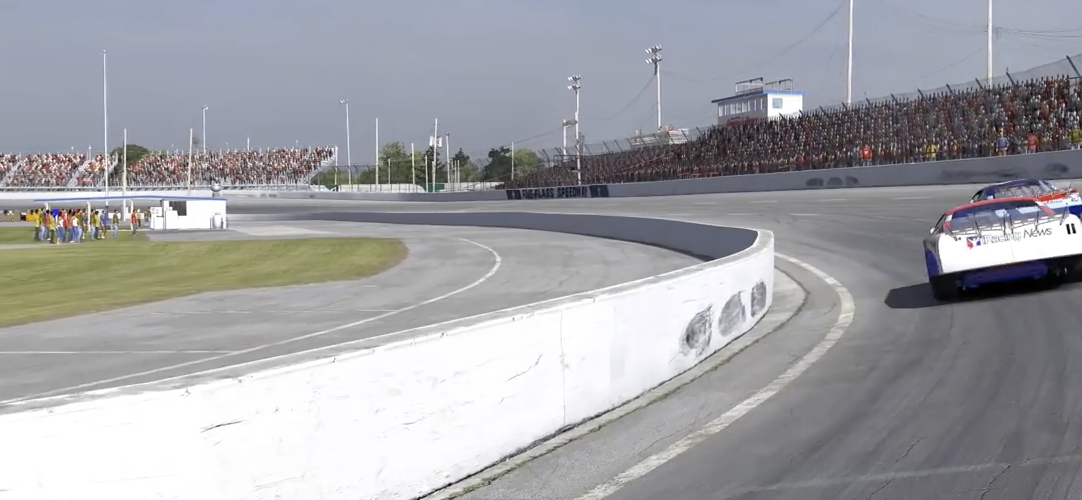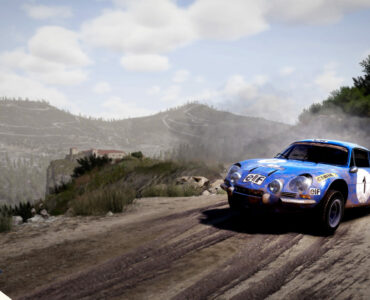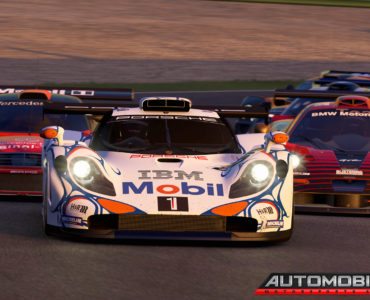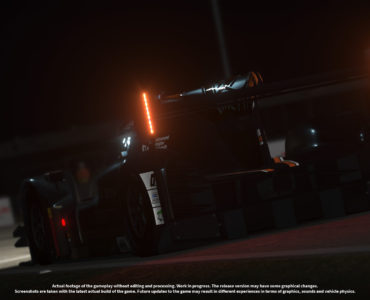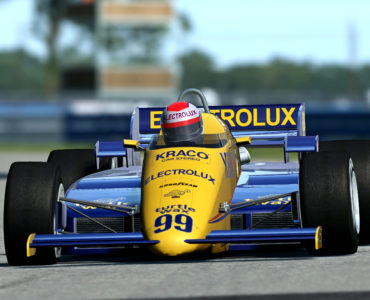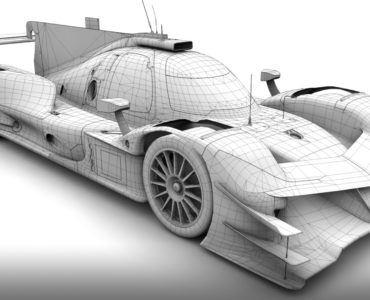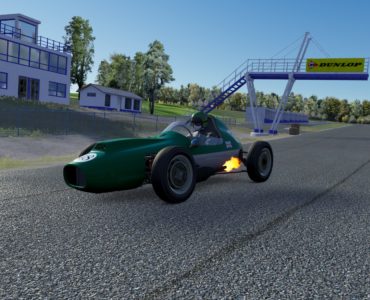Back in June, iRacing showed us a first glimpse of their upcoming dynamic track feature that is now close to be made available to the subscribers.
The dynamic track will change the way racing in iRacing is approached as tracks now go from static and clean to constantly changing grip levels depending on rubber, ambient conditions and more, as detailed in iRacing’s newest development blog:
Since the start of Papyrus all the way through present day iRacing, our racetracks have been perfectly clean static surfaces. The entire racing surface had the exact same grip on all parts of the track and the racing groove was really just artwork that showed you the racing line of the track. Although iRacing has had groundbreaking accurate laser scanned tracks, they really have not been living, breathing objects like real world tracks. Those days are now gone.
Now when a session loads, the racing groove you see on the track is actually virtual rubber that is on the racing surface. Depending on how the session was setup, you can have a ???green??? track or one that is fully rubbered-in (or something in-between) and it WILL affect the grip on the track.
As a session progresses the location of every car on the track is tracked and communicated back to the race server which then aggregates all of that data into cells laid-out on the racing surface and sends it back to each driver in the session. Not only is the rubber from the tires being put into the track, the rubber is being torn or rolled into marbles that are strewn onto the track based on actual ???big boy math??? (that???s a highly technical term I picked-up from spending time with Dave Kaemmer).
There is nothing ???canned??? about this process. It is all being dynamically generated by the actual actions of the drivers, cars and tires in the session. The marbles on the track will also affect the grip your tires have with the road surface. If you want to try running a different line on the track it will take a little bit of work to clean the marbles from that line; and you are going to notice your car is losing traction when you do.
The rubber on the track surface is just one component of this new model. What is equally and potentially more important is the effect of heat in the racing surface which is now modeled in the same way as we do the rubber. 43 NASCAR Sprint Cup cars running the same line on a hot day for 100 green flag laps is going to pretty dramatically increase the surface temperature of the track. Hot rubber is slippery and the driver who ventures to find a cooler driving line just might gain the extra advantage late in the race to steal a win.
We have even gone as far as modeling the albedo effect (not to be confused with the libido effect) which influences how much heat will go into the track surface by the position of the sun and the actual ???darkness??? of the pavement. A light colored concrete, for example, will reflect more energy than a very dark pavement, and the shadowed areas of the track will now be cooler than those sections in the direct sunlight. Ever wonder what it meant when you heard a driver say they ???caught a cloud??? during qualifying? Now you know.
Given my brain???s limited capacity, I do not think that I can properly convey how insane this client/server communication technology is. This was a massive part of this project and is what really took the bulk of the development time to create (with help from other engineers). Again, we do not use any type of artificial intelligence to generate these tracks conditions: This is all done by the participants in the session. This data is instantaneously collected and redistributed to all drivers so everyone has the exact same track conditions at all time. There are really so many possibilities on how we can use this system going forward . . .
The dynamic tracks feature will be introduced to subscribers with the next build release on September 8.


